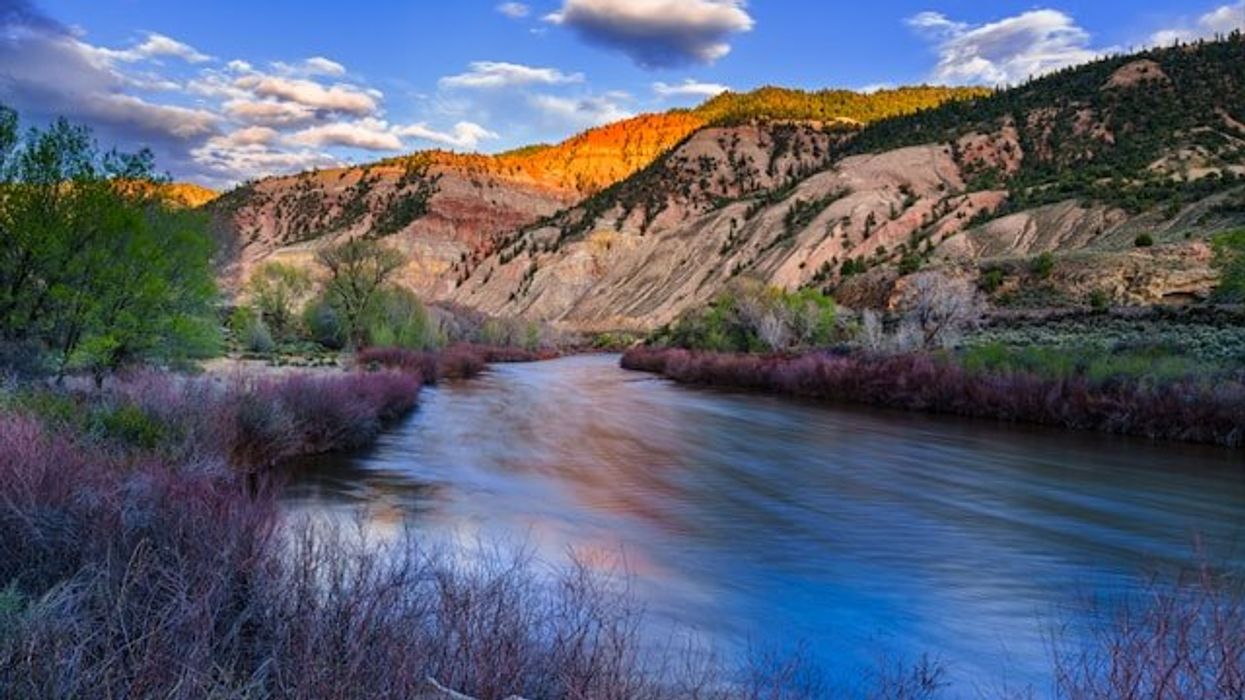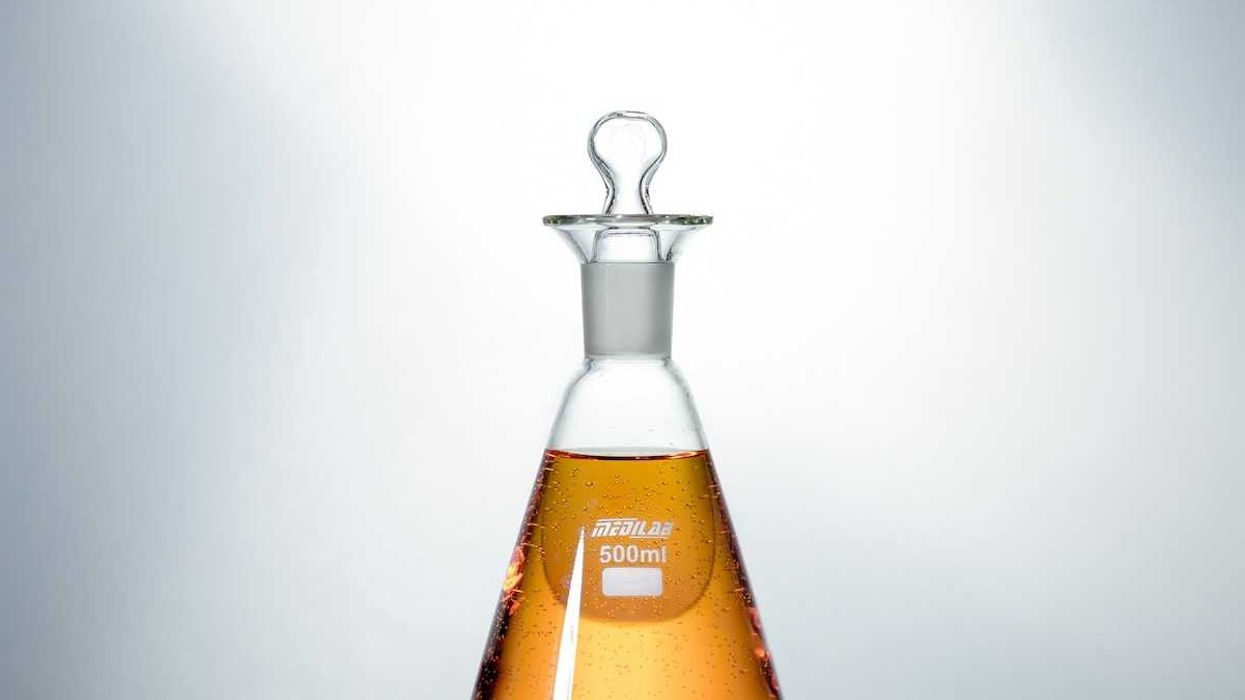As the 10th anniversary of the 2015 Gold King mine blowout approaches, Silverton residents say federal cleanup efforts have yet to stem the constant flow of metal-laden water into the Animas River.
Shannon Mullane reports for The Colorado Sun.
In short:
- The U.S. Environmental Protection Agency has spent roughly $140 million since 2015, but only an interim plant treats drainage from Gold King while dozens of other mines still leak unchecked.
- Proposed fixes for the district’s biggest polluters — Mayflower Mill, Howardsville tailings and mines feeding Cement Creek — remain tied up in studies and funding cuts ordered by President Trump’s administration.
- Downstream Navajo farmers won settlements after losing crops and cattle, and local advocates worry long-term money will run out before water quality goals are met.
Key quote:
“The EPA has done nothing to significantly improve water quality."
— Peter Butler, Animas River water quality expert
Why this matters:
Heavy metal contamination from abandoned hard-rock mines is one of the West’s quietest but most stubborn water threats. Acidic runoff rich in arsenic, lead, and zinc seeps from thousands of shafts from Montana to New Mexico, tinting streams, choking insect life, and leaving anglers without fish. Once the metals dissolve, they can travel hundreds of miles, settle in irrigation ditches, and work their way into crops and livestock. Municipal treatment plants aren’t designed to trap these elements, so trace amounts can slip into drinking water systems downstream of spill sites, including the Colorado River Basin. Chronic exposure at even low levels is linked to neurological harm in children, kidney disease, and higher cancer risk, creating long-term public-health costs for rural and urban communities alike.
Related: Colorado senators propose bill to compensate for Gold King Mine spill losses
















